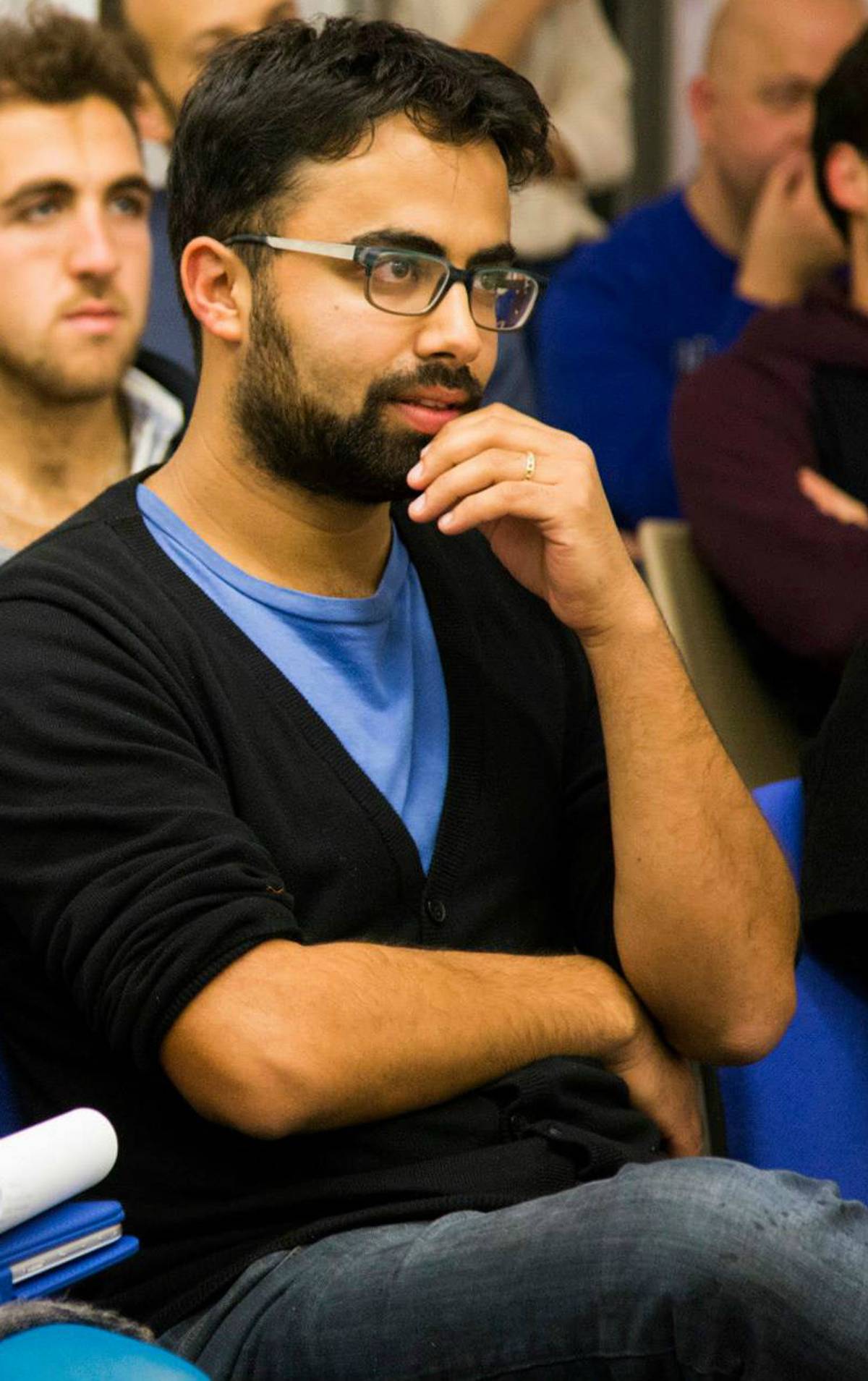Israeli Artist Exhibits His Indian Roots at Kochi Biennale
Meydad Eliyahu, a Cochin Jew, recently explored his ancestral roots and put together a solo exhibition of his journey




When artist Meydad Eliyahu was growing up in Mesilat Zion, a moshav in central Israel, he smelled stewing curry leaves and heard the sounds of the South Indian language Malayalam. But there was always a “big silence” around talking about the source of these traditions.
Eliyahu’s journey has come to life in an art a project titled “The Box of Documents,” or “Kadalassuppeti” to locals, that debuted last December at the Kochi-Muziris Biennale, which runs through March in Kerala, India. It is one of four solo projects in the exhibition “Artist; the Public Intellectual” at the Kashi Art Gallery on a quiet side street in Fort Kochi.
In late 2015, Eliyahu, 33, visited India for the first time, beginning a journey to explore his ancestral roots as one of few Cochin, or Malabar, Jews. “On one hand the Kochi model of how communities lived together for centuries was optimistic,” said Eliyahu, citing his ancestor’s peaceful lives in India before nearly 2,000 people migrated starting in the 1950s after the creation of Israel. “But my community [in Israel] of Jews from Kerala decided to emigrate and end this chapter.”
His family migrated to Israel in 1954. In an Indian Express piece on Eliyahu’s work, one historian estimated that there are “around five to six Paradesi Jews and less than 30 Cochin Jews in Kerala,” a place where Jewish history dates back to the 12th century. The 16th century Paradesi Synagogue in the area known as “Jew Town” hosts services once a month. In February, prayers were delayed while waiting to form a minyan, a minimum of ten Jewish men required to hold a service. Down the road is an unmarked, abandoned synagogue.

At Eliyahu’s four-room exhibit, loud fans are audible even before confronting the wall of heat in the first room, where jet-black walls are covered in a collage of hundreds of paintings, black-and-white photographs, images of artifacts, and scribbles in white chalk. One wooden table is scattered with books on Indian Jewry, another with stamps and inkpads; both are accompanied with inviting, paint-splattered benches. Altogether, the atmosphere evokes a sense of visiting the artist in his private studio, without knowing whether or not to wait outside.
A collection of aged photographs dating back to 1900 is pinned to a wall where a gold magnifying glass also hangs. Men in kippot; women in saris. One particular image from 1952 (with a question mark after the date) stands out: A large group stands in front of an elaborate Torah ark at Ernakulam Kadavumbagam Synagogue, one of Kerala’s few synagogues in its history, covered in chalk with lines identifying familiar faces. This was one of the few photographs from Kerala that hung in Eliyahu’s childhood home.

The darkness of the walls throughout the exhibition reflects a heavy history that echoes beyond the continent. The black walls add an intimacy to the space, and provide a canvas for informal, handwritten labels. Thematically, each of the four rooms are similar, yet it is evident that the curated text becomes sparser as the exhibition goes on. In one room, the familiar handwritten labeling images is absent from a row of black-and-white photographs. Instead, a cacophony of comments decorates the space, at the unwritten invitation of the artist who left behind extra chalk, for visitors to write in their own comments.
“I’m really curious what it turned into and how it evolved,” said Eliyahu, who returned to Jerusalem after installing the exhibition last year; he will fly back to Kochi for the closing event at the end of March. The space was curated, he says, as “an invitation to act and participate.”
Immediately after his first visit to India, Eliyahu, an interdisciplinary artist who has studied and taught various mediums in Israel, immersed himself in asking questions and exploring archives on the topic; the space enables visitors to experience this enduring, piecemeal process of making sense of history, ultimately with the knowledge that it may never be comprehensive. With so many questions still left unanswered, his exhibition offers an appropriate ambiguity—from the many question marks after dates, to the uncertainty of who(m) authored any of the chalky words.

The overwhelming reaction he has encountered was a willingness to break the silence and begin asking questions. Members of his community in Israel have begun talking about their memories and family history; the younger generation has begun exploring their roots.
“One year ago nobody wanted to talk with me about this topic,” he said, citing the challenges the community faced upon arriving in Israel—they struggled to finding jobs and dark-skinned Jews suffered from discrimination. “I have been really encouraged by young people who say it was meaningful not only for Jews but for other communities in Kerala.”
In the final, bare room, there is nothing but a wooden box on a counter beside an unused sink. Peeking inside, there is a pile of unmarked photos. There are no instructions below, no cameras above.
Standing in line at an Israeli passport office. Sitting in a classroom. Praying. Wearing Purim costumes. Crying on a doctor’s office scale. Cultivating the land. Dancing in a circle on a kibbutz.
Despite knowing it’s curated, it still feels like a treasure. The images are both familiar and exotic, as they universalize and humanize the Jewish and human experience.
Related: Pillars of the Community
Jews From Cochin Bring Their Unique Indian Cuisine to Israeli Diners
Out of India
Dara Bramson is a journalist covering Eastern Europe and Southeast Asia.